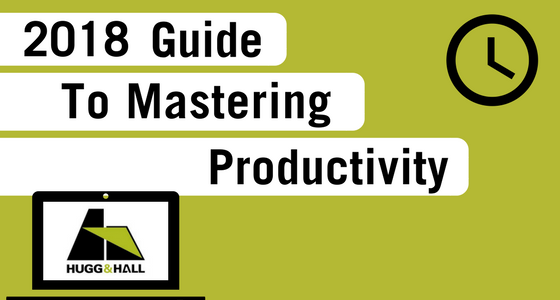
Part 1: VP of Rental Operations On Valuing Customer Service
VP OF RENTAL OPERATIONS ON VALUING CUSTOMER SERVICE AND ENHANCING THE CUSTOMER EXPERIENCE Hugg...

VP OF RENTAL OPERATIONS ON VALUING CUSTOMER SERVICE AND ENHANCING THE CUSTOMER EXPERIENCE Hugg...

The American National Standards Institute (ANSI) is on the cusp of implementing new standards (ANSI...

2018 Guide to Mastering Productivity Work Smarter Everyone has probably heard the idiom “work smarter,...